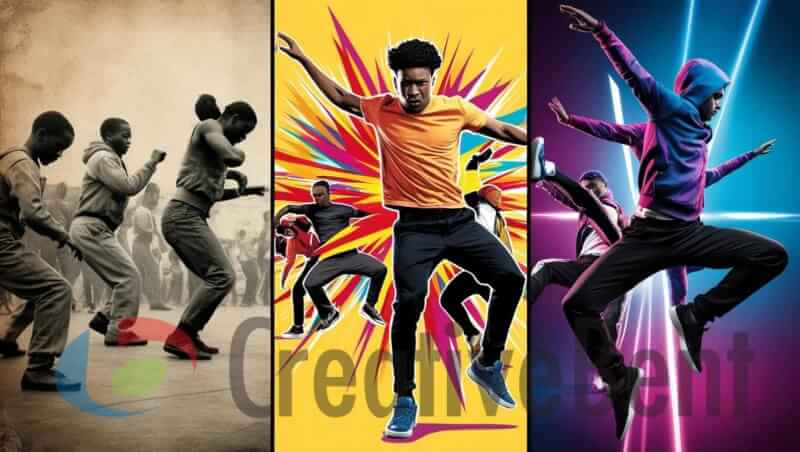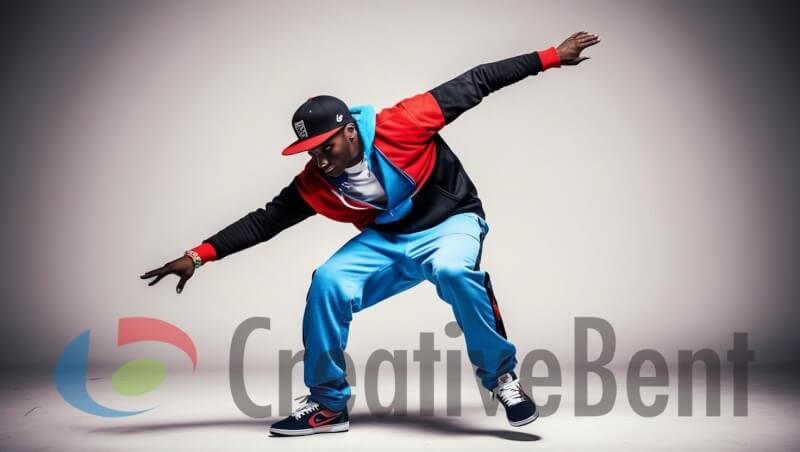Street dancing, an umbrella word for a variety of dance genres that developed in urban settings, has become a worldwide craze. From the bustling streets of New York City to the dynamic neighbourhoods of Los Angeles, street dance has evolved into a powerful form of expression that reflects urban culture’s diversity and vibrancy. This article dives into the rich history, various styles, cultural relevance, and transforming impact of street dance in modern culture.

Origins and Evolution of Street Dance
Street dancing arose in the late twentieth century, particularly in the United States, as a reaction to the socioeconomic and cultural realities of urban populations. These dance traditions, which originated in African American and Latino cultures, expressed perseverance, innovation, and identity.

Breakdancing (B-Boying/B-Girling)
Breakdancing, also known as b-boying or b-girling, originated in the Bronx, New York City, in the 1970s and is one of the oldest types of street dance. It features precise footwork, acrobatic techniques, and stylised attitudes. Dancers, known as B-boys and B-girls, compete in battles to showcase their abilities and ingenuity. The dancing genre exemplifies the competitive yet collaborative ethos of metropolitan youngsters at that age.
Popping and Locking
In California, during the funk era of the 1970s, popping and locking emerged as distinct dance styles. Popping involves quickly contracting and relaxing muscles to create a jerking effect, known as a “pop” or “hit.” Locking, characterised by sudden pauses or “locks,” involves rhythmic, exaggerated movements. These styles are integral to the funk dance movement and have significantly influenced hip-hop dance culture.
Hip-Hop Dance
Hip-hop dance, often known as freestyle or new style, evolved alongside hip-hop music and culture. It includes a variety of styles, such as breaking, popping, locking, and krumping. Hip-hop dance values improvisation, personal expression, and a strong connection to the rhythm and beats of hip-hop music.
House Dance
House dance originated in the underground clubs of Chicago and New York City during the late 1970s and early 1980s. It is characterised by fast and complex footwork, fluid movements, and a focus on improvisation. House dance reflects the vibrant club culture and the fusion of various dance styles, including jazz, Latin, and African dance.
Cultural Significance of Street Dance
Street dancing is more than a collection of dance styles; it is a cultural movement that has had a tremendous impact on music, fashion, and art around the world.
Expression of Identity and Resistance
Many practitioners use street dance to express their personal and collective identities. It has been a form of resistance to social injustice, giving marginalised communities a voice and a platform to share their talents and stories.
Community and Social Connection
Street dance creates a sense of camaraderie and belonging. Dance wars, cyphers, and jam sessions are group activities that promote social interaction, mentorship, and the exchange of knowledge and abilities among dancers.
Influence on Popular Culture
The impact of street dance on popular culture is evident. It influenced music videos, advertising, films, and fashion trends. Street dance components are incorporated into performances by artists and entertainers all around the world, showcasing the genre’s universal appeal and versatility.
The Transformative Power of Street Dance
Beyond its cultural value, street dance has a transforming impact on individuals and communities.
Physical and Mental Health Benefits
Street dance increases physical fitness, coordination, and flexibility. It also improves mental health by lowering stress, increasing self-esteem, and instilling a sense of achievement.
Educational and Professional Opportunities
Many people have found new educational and professional opportunities through street dance. Dance studios, workshops, and competitions offer opportunities for dancers to improve their talents, teach, and perform professionally.
Bridging Cultural Divides
Street dance crosses cultural and linguistic boundaries, uniting people from all origins. It encourages cultural interaction, understanding, and unity while reflecting the global language of movement and rhythm.
Street dance is a constantly evolving art form that emphasises movement, expression, and the rich tapestry of urban culture. Its history and evolution exemplify the perseverance and ingenuity of communities worldwide. As street dancing evolves, it demonstrates the power of art in shaping identities, building communities, and overcoming cultural differences.




